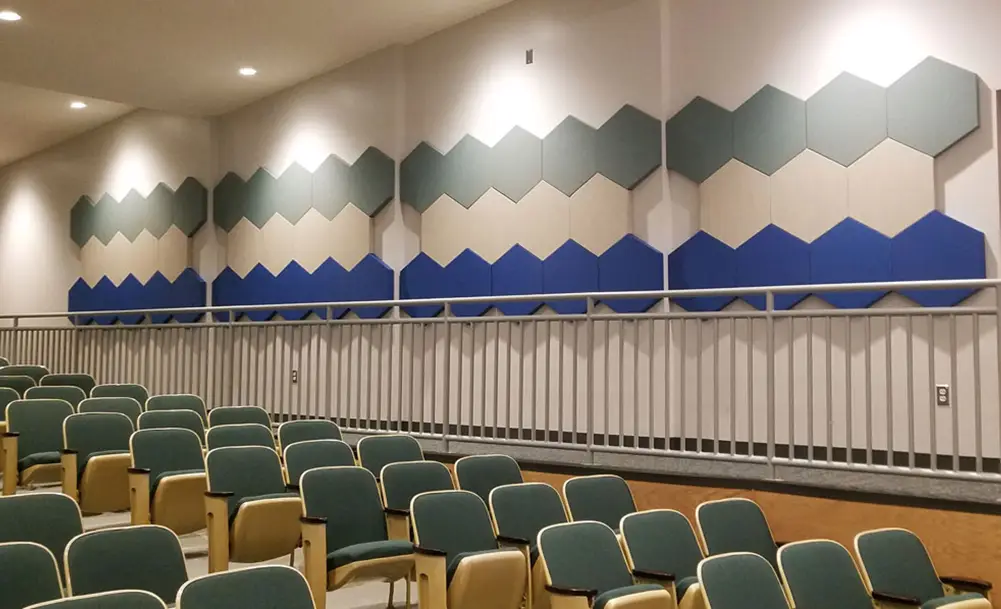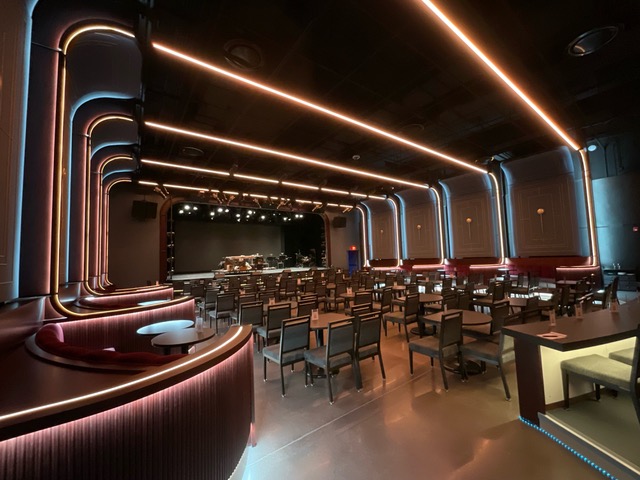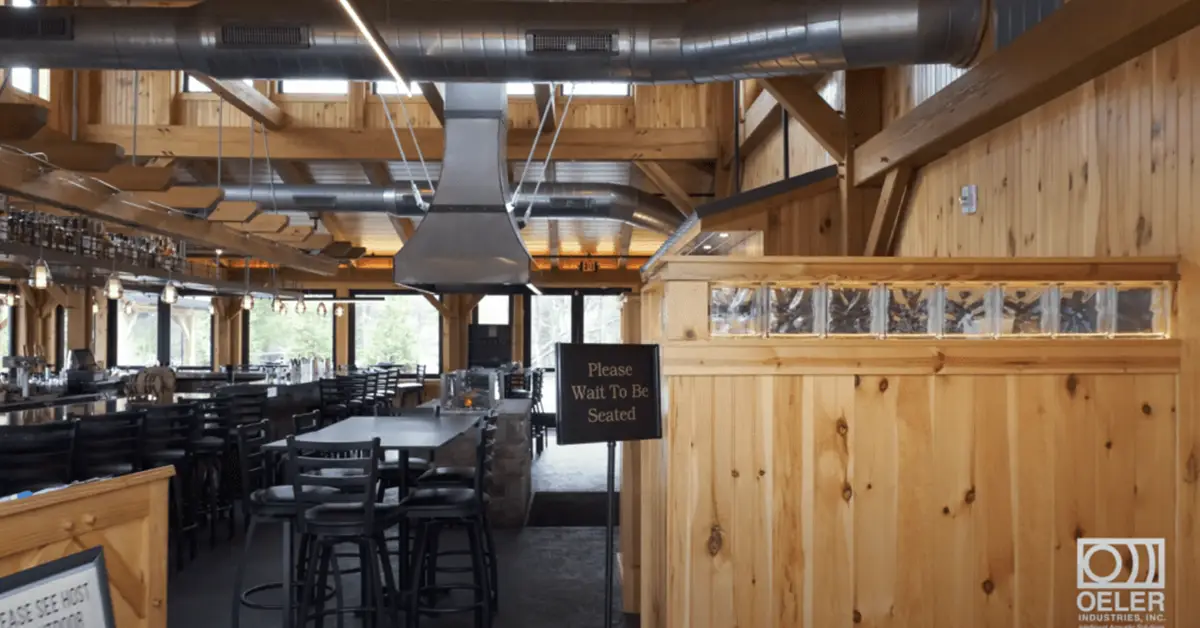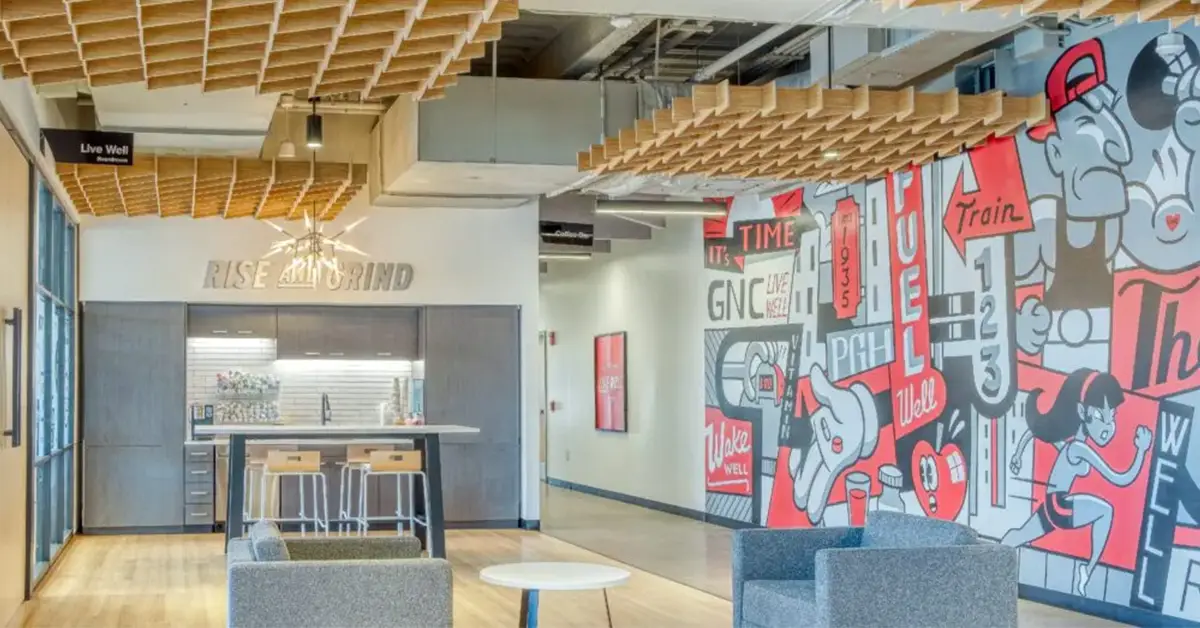X

Preventing sound waves to enter the space in the first place.
Sound or noise blocking, sometimes referred to as sound proofing, is the process of stopping sound from traveling from one area to another. A material’s ability to block noise is a direct relationship to its mass. In other words, the heavier the material the more sound it will block. The best sound blocking materials are dense and heavy with no air spaces for sound waves to slip into and through. These products essentially cut off the direct path into adjacent areas. Construction material such as concrete is a good sound blocker, while material such as fiberglass batting is a poor sound blocker.
In order for acoustic experts and architects to have a rating figure that very roughly reflects the decibel reduction in noise that a partition can provide, a sound transmission class, (STC) is defined. The STC number is derived from sound attenuation values tested at sixteen standard frequencies from 125 Hz to 4000 Hz. These transmission-loss values are then plotted on a sound pressure level graph and the resulting curve is compared to a standard reference contour. Acoustical engineers fit these values to the appropriate TL Curve (or Transmission Loss) to determine an STC rating. Theoretically, a partition with an STC of 50 will reduce sound levels on the other side by 50 dBA. It is important to note that a reduction of only 10 dBA is perceived by the human ear as being about half as loud. Since the STC formula is algorithmic, doubling a partition’s mass does not double the STC. For instance, a stud and drywall partition with an STC of 33 would only increase by four to six STC points by adding an additional sheet of drywall.
Standard residential construction methods utilizing studs and drywall typically do not take acoustic requirements into consideration, and lack of privacy between living areas is common. Concrete block has an excellent transmission loss value, but due to its weight and poor thermal insulation it is limited in its use in most residential wall construction. A more efficient method is to add a mass loaded vinyl noise barrier in conjunction with resilient isolation clips to increase mass and decouple the partition, thus interrupting the sound path. A wall partition constructed with vinyl noise barrier, resilient isolation clips, and two sheets of 5/8” sheetrock on both sides can achieve STC ratings as high as 63. It is important to note that you can lose half of a partition’s STC through a pinhole, so close attention must be paid to insure that all potential air leaks are sealed.
In industrial environments, sound blocking products are utilized in acoustic sound enclosures and divider walls to isolate noisy equipment and machinery. Prefabricated composite barrier/absorber panels are commonly used for these applications. Pipe and duct wraps fabricated with mass loaded vinyl noise barrier can be used to quiet noisy pipes and ductwork.
Sound blocking is more difficult in an open environment due to variations in topography and weather conditions which can drastically affect sound propagation. Concrete or steel highway barriers are used to attenuate traffic noise, while exterior sound curtain systems can be used to control noise from construction sites and oil and gas operations. The effectiveness of an exterior noise wall is determined by its proximity to the noise source in relation to the receiver. The farther away the barrier is from either the source or the receiver, the higher it needs to be in order to be effective, as sound will flank over the top of the barrier.
Used to control reverberation time or harsh reflections, introducing comfortable communications within a space.
Variety of core materials and face materials can be combined to create long-lasting absorption systems that can withstand a variety of climates.
Metal, wood, fabric, PET, and custom printing ensure acoustic panels look great in any space.

After a 13-month hiatus, the Greer Cabaret Theater made its return in September 2023 following a $6 million renovation, which included significant improvements to the acoustic environment. The renovation project was a joint effort between DLR Group from Ohio and mossArchitects based in Pittsburgh. DLR Group, leveraging their in-house acoustic specialist, spearheaded the design of […]

As the holiday season is in full swing, businesses set out on a mission to craft unforgettable experiences for customers. With all the festive decorations and sparkling displays, the often-overlooked yet influential element of sound, more specifically the acoustic engineering of the space, has the potential to transform these experiences into cherished memories. Whether in […]

Today, in the tough world of business competition, your brand goes beyond just a logo. When people step into your physical spaces, whether it is a store, office, or restaurant, they enter a carefully curated world that tells your brand’s story. This story goes beyond mere looks – it is about creating a connection that […]
As experts in acoustic design, we can help develop an effective, comfortable, and aesthetically pleasing acoustic solution that helps your organization improve the quality and productivity of time spent in your facility.
Our project managers will work with you to assess your noise control needs. With a keen focus on delivering a turn-key solution, we can help design an acoustic package to solve any noise issue.